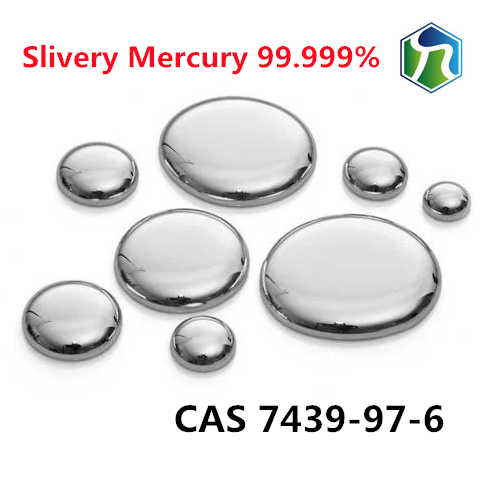
- +86-13363869198
- weimiaohb@126.com

Dec . 10, 2024 10:47 Back to list
tosyl chloride cas 98-59-9
Tosyl Chloride An Overview
Tosyl chloride, also known as p-toluenesulfonyl chloride, is a highly valuable chemical compound in organic synthesis, denoted by its CAS number 98-59-9. It appears as a white to light yellow crystalline solid and has a distinctive odor. This compound is primarily utilized as a reagent for introducing the tosyl group (–SO2C6H4CH3) into various organic molecules, thereby enhancing their reactivity in subsequent chemical reactions.
Chemical Structure and Properties
The chemical structure of tosyl chloride consists of a toluene moiety attached to a sulfonyl chloride group. Its molecular formula is C7H7ClO2S, and it has a molecular weight of 190.67 g/mol. The presence of the sulfonyl chloride group confers significant electrophilic properties, making tosyl chloride an excellent candidate for nucleophilic substitution reactions. The compound is soluble in a variety of organic solvents, including dichloromethane, ether, and benzene, but is insoluble in water due to its hydrophobic nature.
Synthesis and Preparation
Tosyl chloride can be synthesized through the reaction of p-toluenesulfonic acid with thionyl chloride. This process involves the formation of tosyl chloride and the byproduct sulfur dioxide (SO2) along with hydrochloric acid (HCl). Due to the efficiency and straightforward nature of this synthesis, tosyl chloride is readily accessible for use in laboratories and industrial applications.
Applications in Organic Chemistry
tosyl chloride cas 98-59-9

One of the primary uses of tosyl chloride is the transformation of alcohols into tosylates, which are better leaving groups in nucleophilic substitution reactions. This transformation is significant in improving the yields of reactions involving alcohols, which are typically less reactive than their tosylate counterparts. For example, an alcohol treated with tosyl chloride forms an alkyl tosylate that can subsequently react with nucleophiles like amines or halides.
Tosyl chloride is also used extensively in the protection of alcohols and phenols. By converting these functional groups into their corresponding tosylates, chemists can prevent unwanted reactions during synthetic sequences. Once the desired transformations are complete, the tosyl group can be removed through hydrolysis or treatment with nucleophiles, thus restoring the alcohol or phenol.
Another important application is in the synthesis of amines. Tosyl chloride can react with amines to form sulfonamide derivatives. This reaction is particularly relevant in pharmaceutical chemistry, where the synthesis of sulfonamide drugs can utilize tosyl chloride as a key reagent.
Safety and Handling
While tosyl chloride is a powerful and useful reagent, it must be handled with caution. It is corrosive and can cause severe burns upon contact with skin or eyes. Additionally, it releases toxic fumes of hydrogen chloride when it reacts with moisture, emphasizing the necessity of working in a well-ventilated area while wearing appropriate protective equipment, including gloves and goggles.
Conclusion
In summary, tosyl chloride (CAS 98-59-9) serves as an indispensable reagent in organic chemistry. Its ability to transform alcohols into more reactive tosylates and its role in the synthesis of various compounds highlight its importance in chemical research and industry. Despite the associated hazards, its utility in facilitating complex synthetic routes underscores the value of tosyl chloride in advancing chemical innovation. As research in organic synthesis continues to evolve, the applications and methodologies utilizing tosyl chloride are likely to expand, further cementing its role as a cornerstone in the field of organic chemistry.
-
Top CAS: 79099-07-3 Factories & Wholesale Supplier from China
NewsJul.30,2025
-
High-Quality GS-441524 for White Liquid Type Factories & Suppliers
NewsJul.29,2025
-
High-Quality Pharmaceutical Intermediates for Sale – Reliable Supply
NewsJul.29,2025
-
High-Quality Pharmaceutical Intermediates for Sale - Reliable Solutions
NewsJul.29,2025
-
High-Quality Pharmaceutical Intermediates Supplier for Global Market
NewsJul.28,2025
-
GS-441524 for White Liquid Type Factories – High Purity & Reliable Supply
NewsJul.28,2025